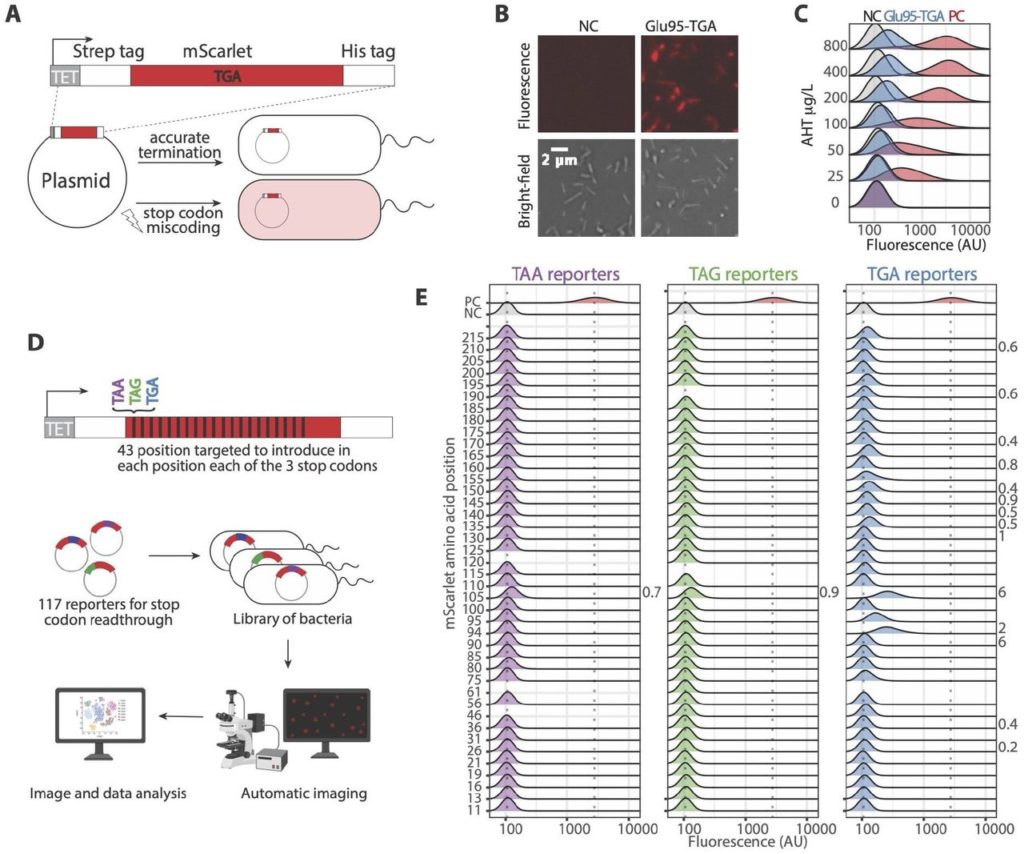Cyclodextrin-enabled nepafenac eye drops with improved absorption open a new therapeutic window
This research is close to my heart as it comes from a Hungarian collaboration on developing nepafenac eyedrops with improved absorption. The results showed that one formulation possessed better bioavailability ex vivo than Nevanac® 0.1 % suspension, while the other formulation containing only 60 % of the original dose was ex vivo equivalent with Nevanac® opening the way to nepafenac-containing eye drops with better patient compliance in the future.
Anna Vincze, Facskó Réka, Budai-Szűcs Mária, Gábor Katona, Benjámin Gyarmati, Anita Csorba, Dr. Zelkó Romána, Zoltán Zsolt Nagy, Lajos Szente, György Tibor Balogh,










